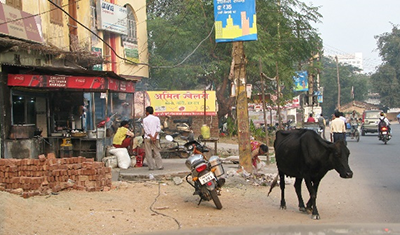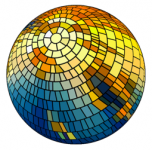 FairViews Development Education Photopack, by Gerry Jeffers, is available free of charge:
FairViews Development Education Photopack, by Gerry Jeffers, is available free of charge:
http://developmentoptions.ie/download-page/
Not only does it contain useful photographs but also explains how the teacher can use images in the classroom. He points out that people learn through interacting with a range of environments and discusses how Howard Gardner’s insights into multiple intelligences have enriched our understandings of classroom opportunities and challenges. Visual literacy can be seen as ‘a group of competencies that allows humans to discriminate and interpret the visible action, objects and/or symbols, natural and constructed, that they encounter in the environment’ (http://searcheric.org/).
Facilitating learning through photographs also enables learners to voice their own views in an environment where there is rarely one single ‘right answer’. Respect for different perspectives on the same topic can be nurtured. Listening to different interpretations of the same photograph can broaden and challenge one’s own opinions on a range of topics.
The resource pack explains how images can be used to encourage participatory learning environments. Examples of how to use images in a classroom are set out under a section on Practical Pedagogy and include:
- The Gallery: To encourage learners to voice their understandings of ‘development’ and related concepts.
- Think, Pair, Share conversations: to assist learners to explore their understanding of ‘development’.
- Mapping relevant themes: to identify and map themes relevant to development.
Interrogating an image
Used for students to explore what they see, think, feel and ask how the image connects with their lives and the wider world. What, if anything, are the connections between this image and issues such as human rights, dignity, development, justice, equality, interdependence, conflict, sustainability, democracy, etc. Students can also be encouraged to ask how reliable an image is, who has created the image and why and sum up a response to the image for instance through a one line caption.
- What happened before and after the image was captured?
- What role did the photographer – or others play in constructing the image?
- How do you know whether the image represents the reality?
